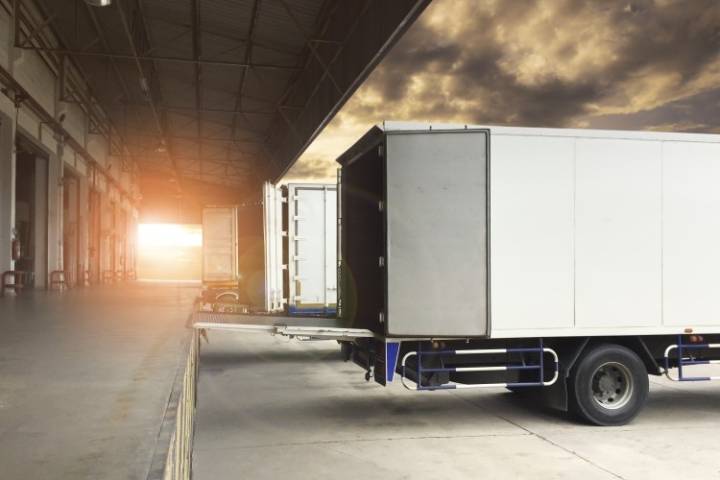
5 Steps To Grow Your Trucking Business
Given that the trucking industry is essential in the world, it’s not surprising that the revenue potential is high. Because it’s a lucrative industry, this also means that your trucking business is going to have a lot of competition. There are bigger, more established companies like MigWay. Then there are also the up-and-coming ones.
Like any other business, however, the goal is the same—you want to scale and grow your business. This growth refers to your fleet size, market share, profit potential, and even a better ability to compete with other leaders of the industry. It’s a lot of work to do, but it’s worth doing, in the name of business stability.
With that said, this article gives you the best insights on how you can grow your trucking business.
1. Reach Out To More Customers
Growing your business means increasing and finding freight. Your trucking business is dependent on clients who need goods shipped from one point to another. Because your goal is to grow your trucking business, it follows that you need to have more customers to serve.
Be aggressive with your marketing efforts so you can earn the trust of more clients. And when this trust is given, go one step further by fostering loyal connections with those customers. That way, you won’t just be able to earn new clients regularly, but you’re also going to enjoy the stability of having regular clients.
2. Determine Your Costs
As you run your trucking business, make it a point also to do a financial audit of your costs and expenses regularly. Before you can grow your savings and money, you need to know how much you’re spending. This is a good way for you to assess and check whether there are certain areas in your business expenses that are excessive and need adjusting.
Here’s how you can successfully go through the process of determining your costs:
- Study your fixed costs or your regular costs. These are the things you always have to pay for.
- Calculate your variable costs, so you can study whether there are measures you can make to reduce those variable costs.
3. Plan Ahead
Running a trucking business and growing it entails being a few steps ahead. You can’t just act or do something without forethought. Otherwise, this will be a recipe for disaster.
As you assess your financial situation, you should also do some advanced planning for the rest of the quarters in the year. That way, you won’t be overwhelmed with all of the decisions you have to make. If you want to be successful, you always need a road plan—both literally and figuratively. Especially because your capitalization for your trucks is quite significant, there’s so much at risk to lose without a plan.
4. Hire Truckers
Growing your trucking business also entails hiring more truckers. You can’t keep your truck drivers working round the clock and overtired. If your orders increase and your delivery services have expanded geographically, hiring more truckers makes a lot of sense.
No growth is possible if you only stick with the fleet you have now. Most importantly, you’re risking danger from an overworked driver. Remember that when drivers fall into accidents while performing their job functions, you have liability as well. This can be costly for your trucking business.
Take good care of the truck drivers you have. Unless they’re a walking disaster, then there’s no need for you to keep firing drivers. Remember that the hiring process is also an expensive one. It’s cheaper to take care of and nurture your current team than to keep hiring new ones.
Driver turnover is one of the biggest problems in the trucking industry. This is a problem you want to avoid as well.
5. Buy Fuel From Good Sources
Apart from truck maintenance and truck driver salaries, fuel is one of the biggest expenses in your trucking business. If you don’t choose from suppliers that may offer good deals to you, then you may be spending more fuel than needed. Make sure you’re buying fuel correctly. This means balancing price with fuel performance.
Conclusion
Whether you’re a first-time truck business owner managing a small fleet or you’ve been in business for a long time now, you must have the ability to grow your business. If that’s the case, the steps above are worth giving a try. Remember that no business growth and success happen overnight, even in the logistics industry. It takes a lot of hard work, patience, and dedication. Then, soon enough, you’ll begin to see how your trucking business has grown to a great extent.
For more informational tips and advice, check out our post on How to Move to Another State
Have Experience in the Moving Industry? Want an Additional Income Stream? Work With All Around Moving!
Earn extra income while applying your expertise in the moving industry. Partner with us and we’ll help you make money. Click here to learn more.






